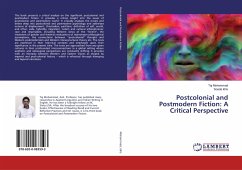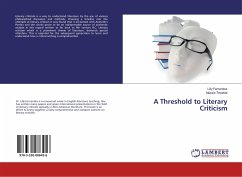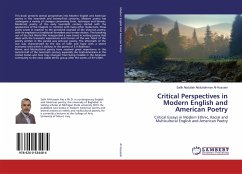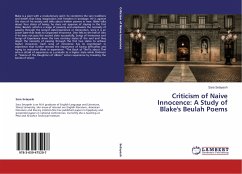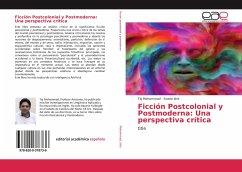The study focuses the criticism of Samuel Johnson's 'Preface to Shakespeare' and Sir Philip Sidney's 'An Apology for Poetry' for this project. Through the Preface to Shakespeare, Samuel Johnson points out different important matters to consider while evaluating a literary work. Particularly one of the reasons of this preface is to display scaffold by scaffold what Shakespeare has done in order to begin to assume the dignity of an ancient. Johnson justifies with a variety of arguments why Shakespeare's work deserves to be considered a piece of art. In order to attain that, Johnson discloses what, as he considers, literary criticism must do. In "An Apology for Poetry" Sir Philip Sidney attempts to reassert the fundamental importance of literature to society in general as well as to other creative and intellectual endeavors. Literature can "teach and delight". The argument Sidney presents and develops is built around the assumption that literature has the capacity to teach most effectively and to demonstrate virtue.
Bitte wählen Sie Ihr Anliegen aus.
Rechnungen
Retourenschein anfordern
Bestellstatus
Storno


